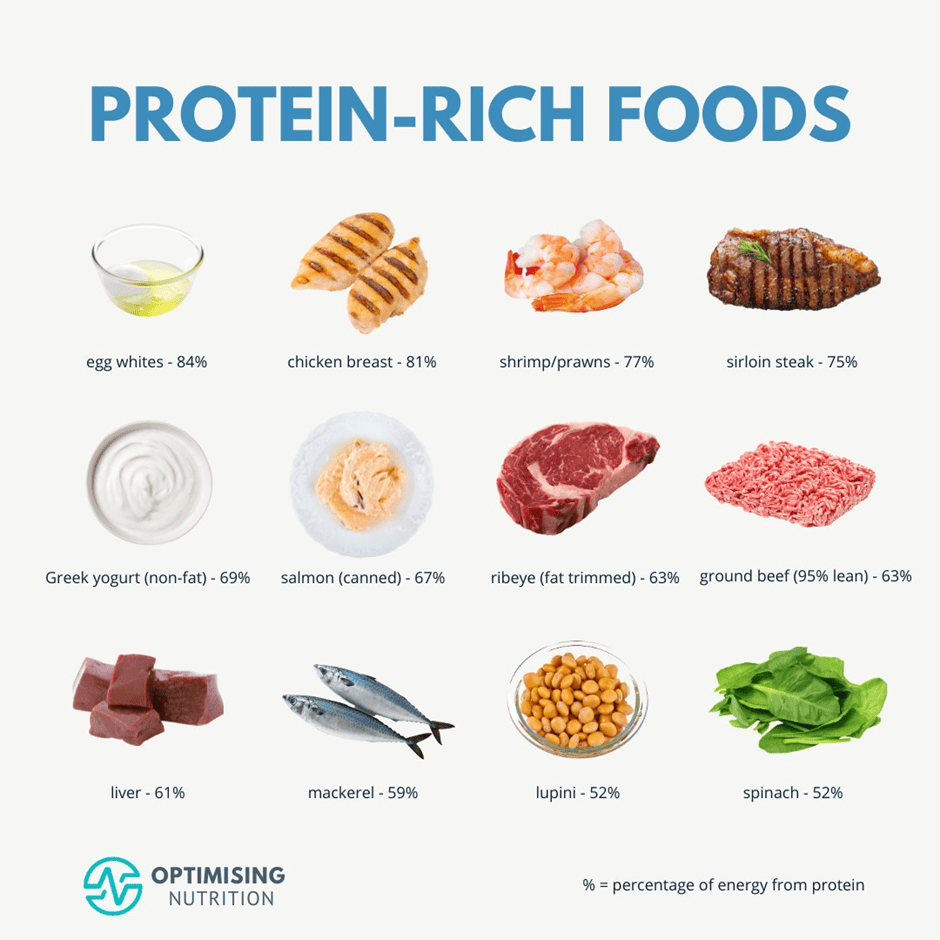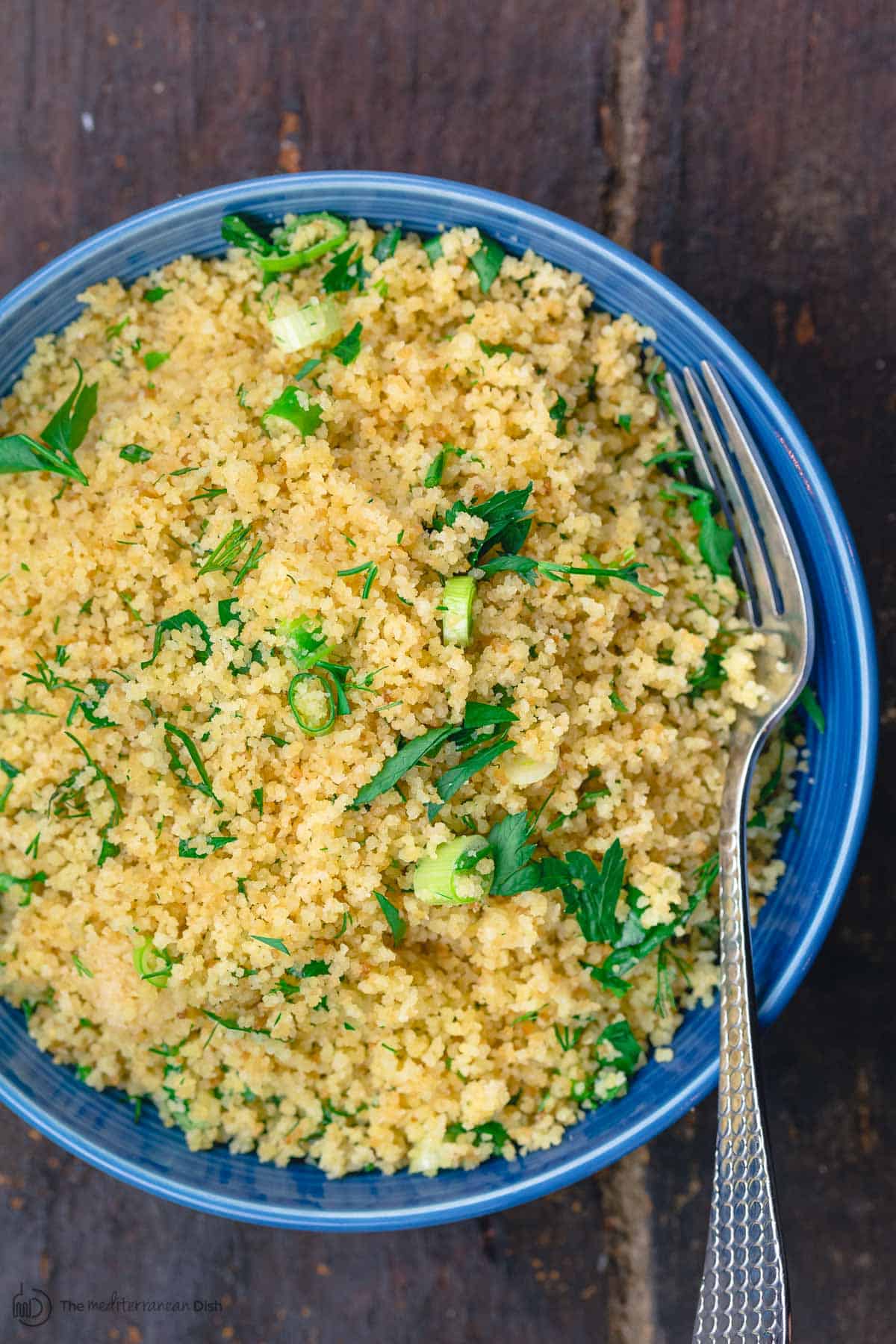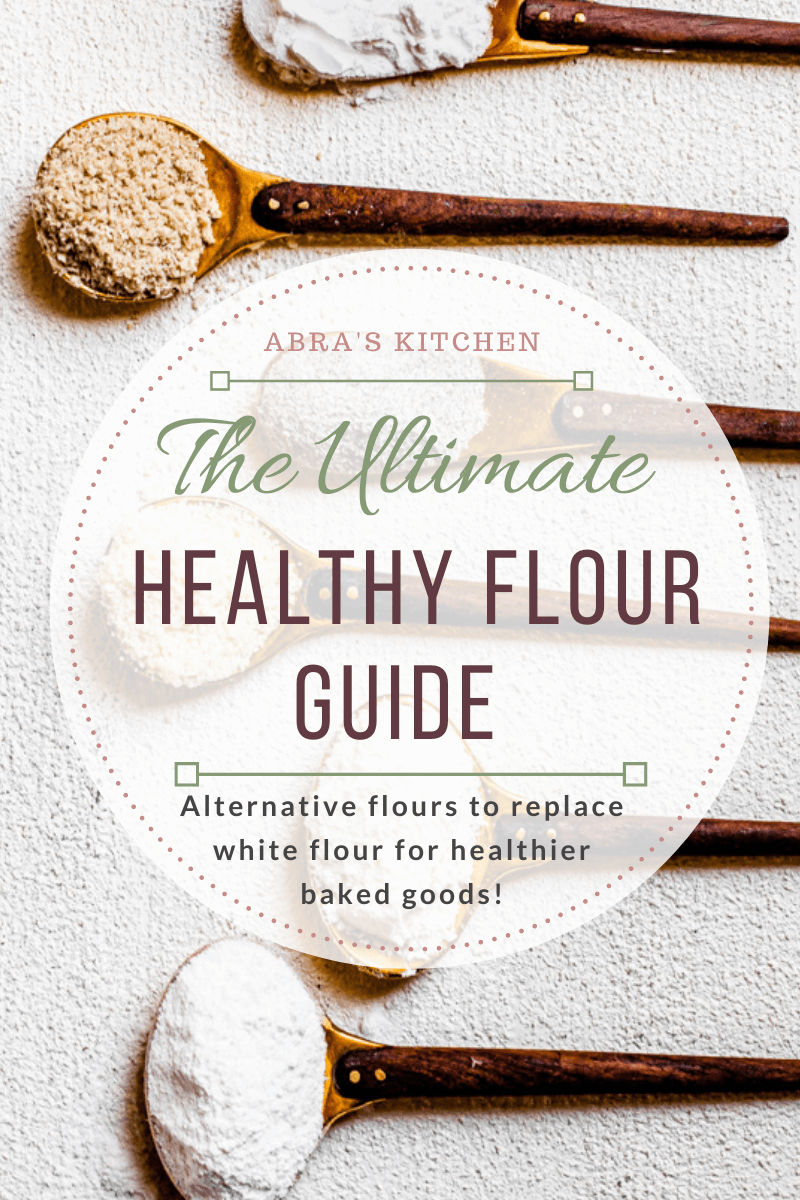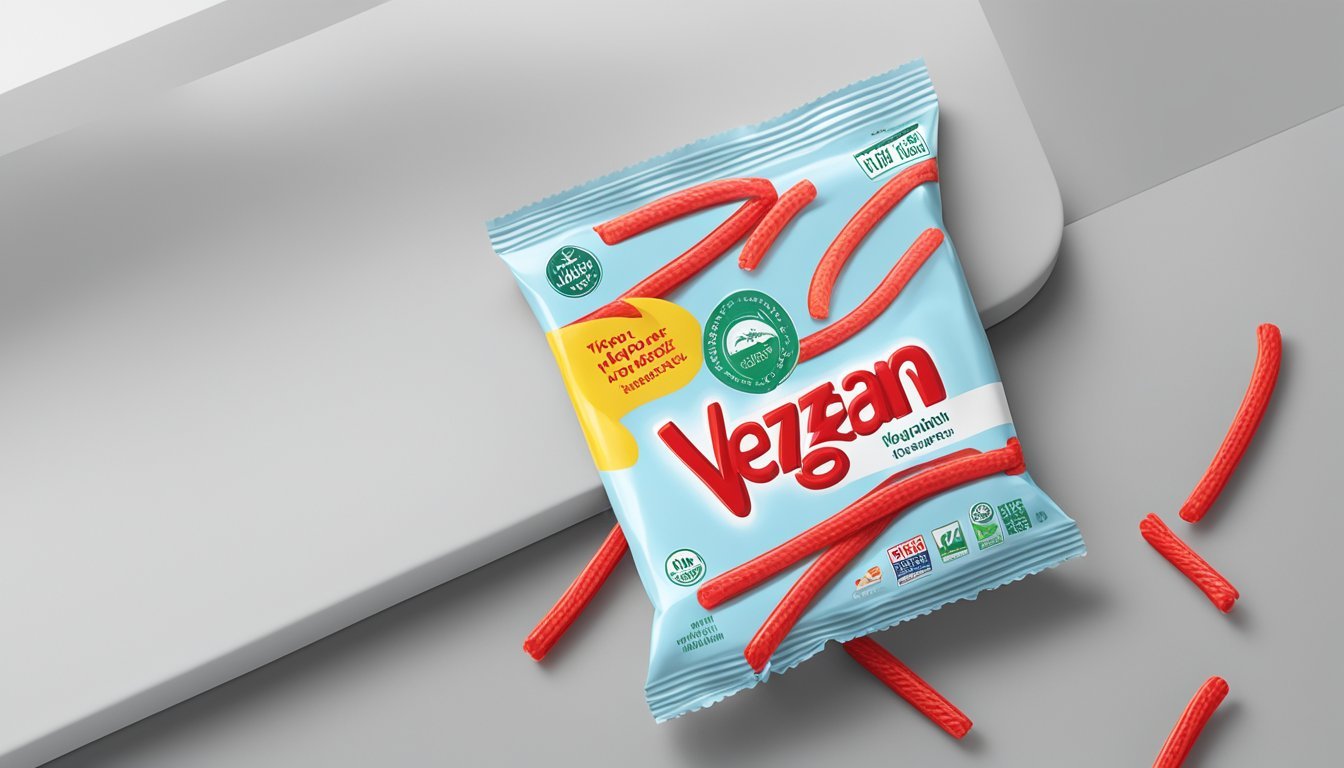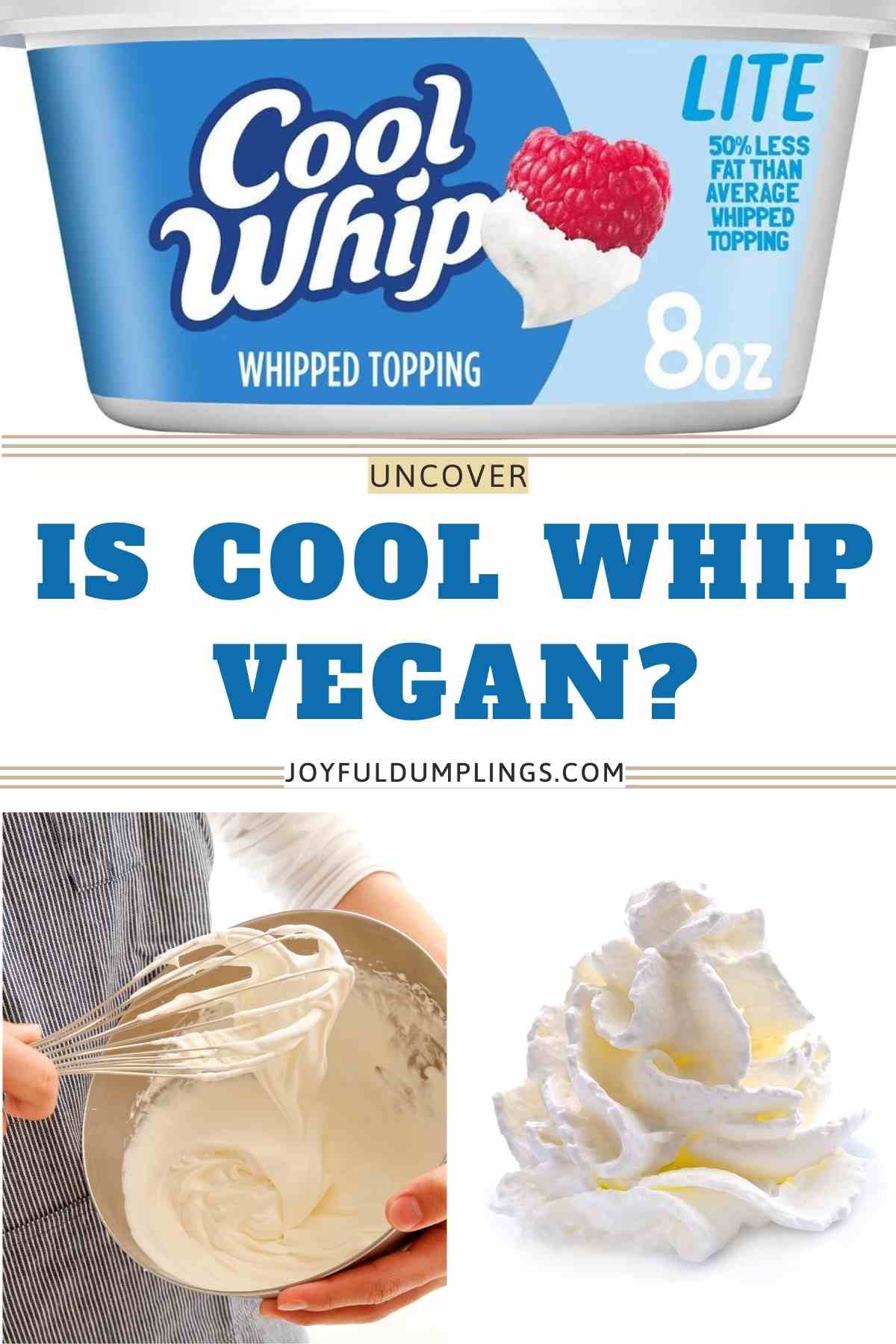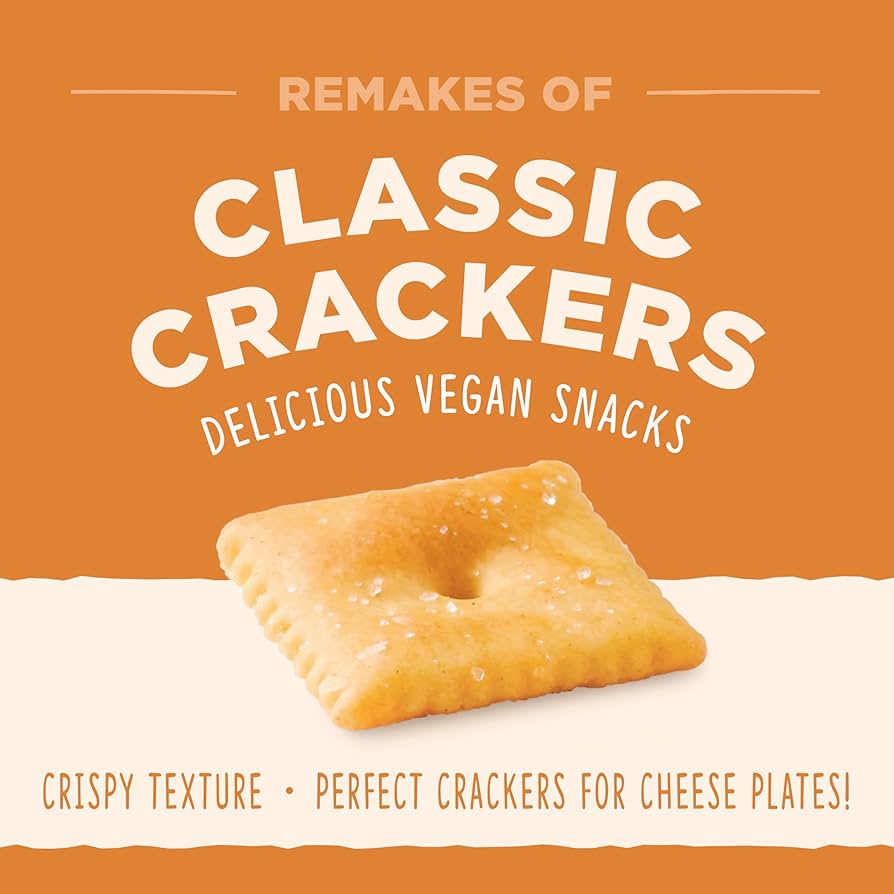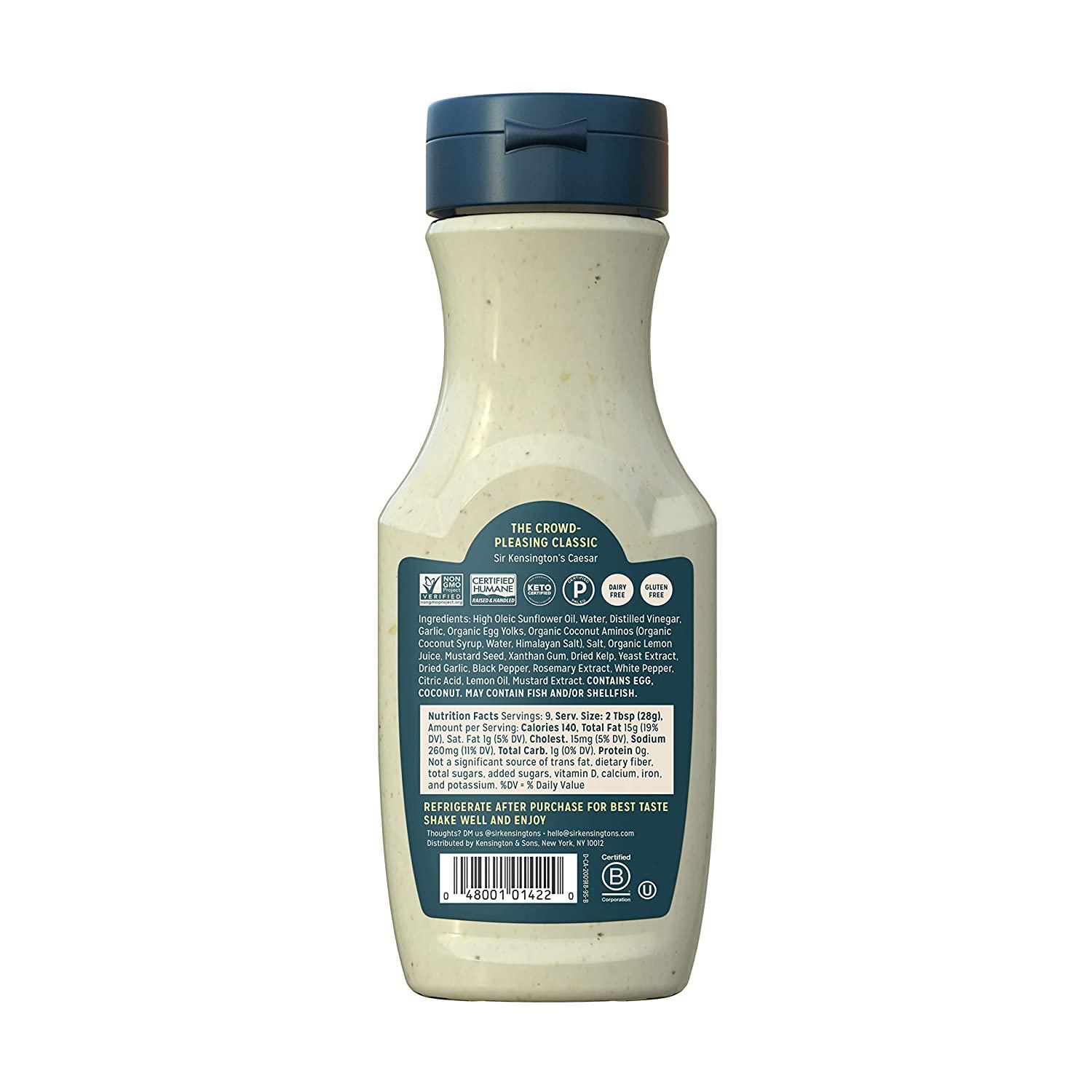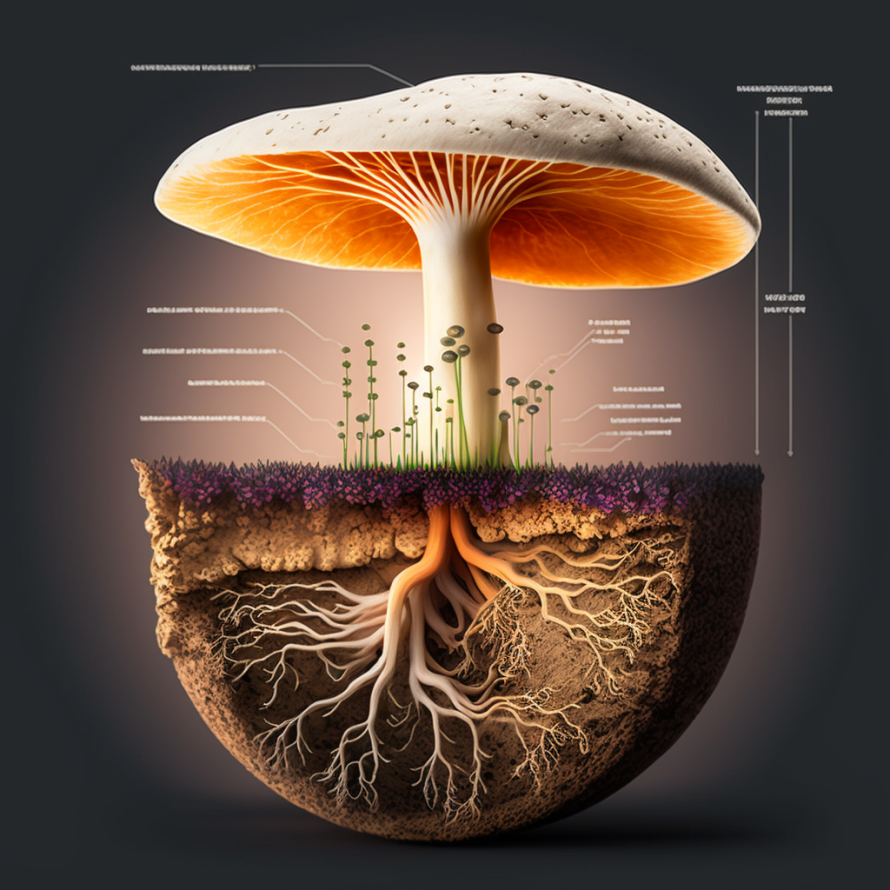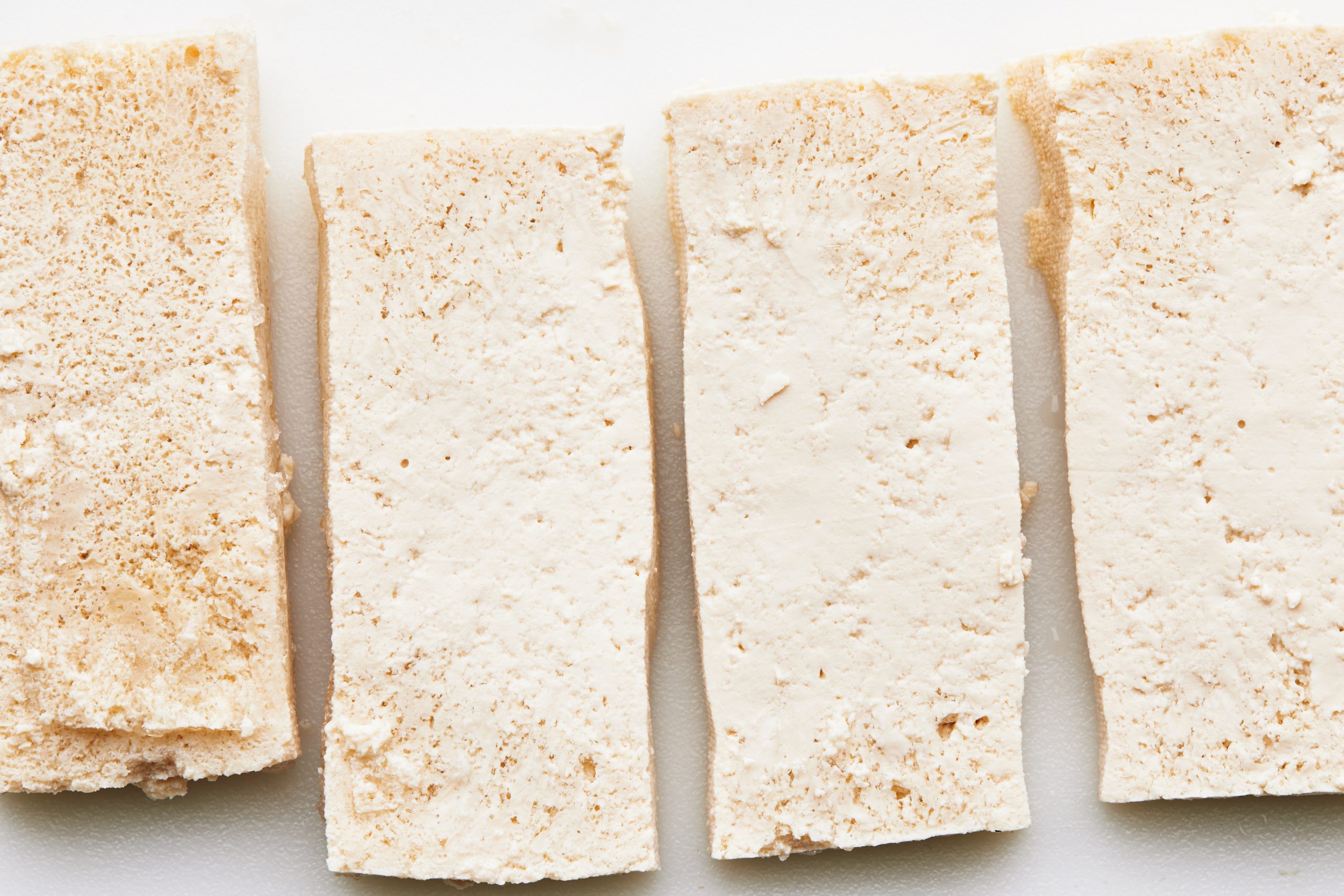V Foods: The Nutritional Powerhouses You Must Try
List of Pertinent V Foods:
1. Vanilla Beans
2. Vanilla Ice Cream
3. Valencia Orange
4. Veal
5. Vegetable Oil
6. Vegetable Soup
7. Veggie Chips
8. Velvet Beans
9. Venison
10. Vermicelli
11. Victoria Plums
12. Vienna Sausages
13. Vindaloo
14. Vinaigrette
15. Vinegar
16. Vodka
